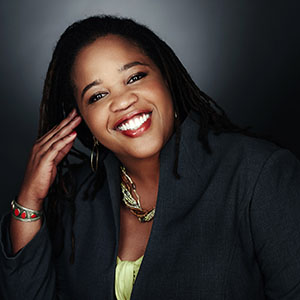Executive Summary
American Democracy has always been an ambitious and complicated experiment. While questions about what philanthropy can do to strengthen democracy in the United States may be particularly salient in the wake of a contentious US election season, these issues predate this moment and would have been pressing regardless of the outcome in November 2024.
Still, The Bridgespan Group is increasingly hearing from donors wrestling with the questions: What kind of contributions matter? Where to go from here? We have spent months—before and after the election—talking to donors, field leaders, and advisors, reading what others have written, and reflecting on our own work to try to provide insight into those questions.
Many others have written about the challenges we face—pointing out problems with the ways our media, education, economic, electoral, lobbying, judicial, and philanthropic funding systems work.1 In this article, we are going to focus on some of the things that are working and what donors can learn from them.
"We are in an existential fight with those who oppose our vision of a more inclusive multiracial democracy. And if we lose too many battles in that fight, it will create a level of damage and harm that could take a generation or more to recover from."
Overall, from our discussions, we found three big lessons for donors:
Go long: Building a multiracial, pluralistic democracy is the work of decades if not generations. The challenges are deep, and organizations doing this work need funder partners who can think long-term and remain committed, even if the work is not completed in a single election cycle.
Go local: Leaders are increasingly seeing the importance of building democracy from the community level up, fostering trust in systems and collaboration among different groups around shared interests.
- Don’t go it alone: Collaborate with the leaders on the front lines and fellow donors. There are existing networks and collaboratives looking for support and offering opportunities to learn and coinvest.
Angela Glover Blackwell, founder of PolicyLink, has written that building a thriving multiracial democracy will be “the next great US innovation.” It serves not only as a stark reminder that a democracy that works for everyone has not yet existed—but also provides the kind of audacious North Star that philanthropy is built for. We invite donors to embrace the opportunity.




